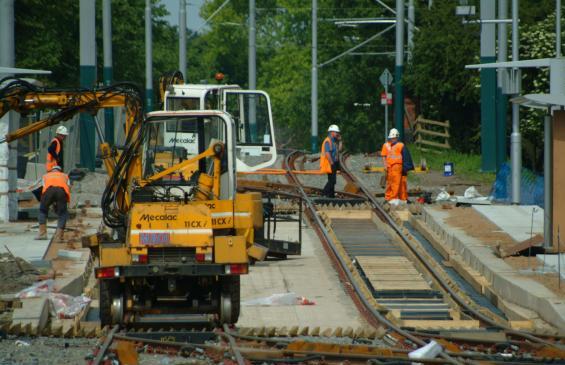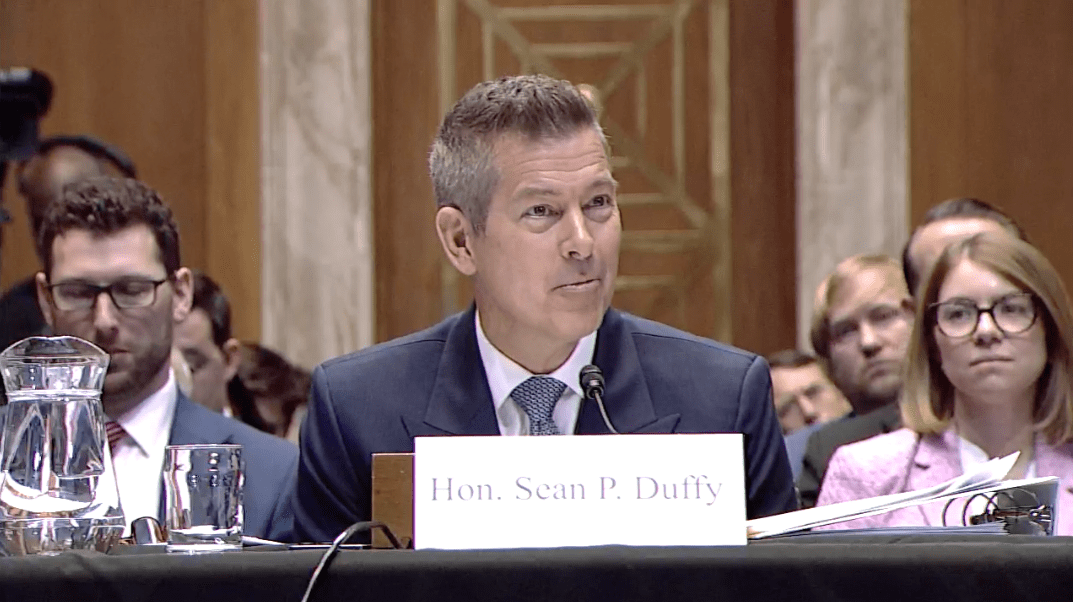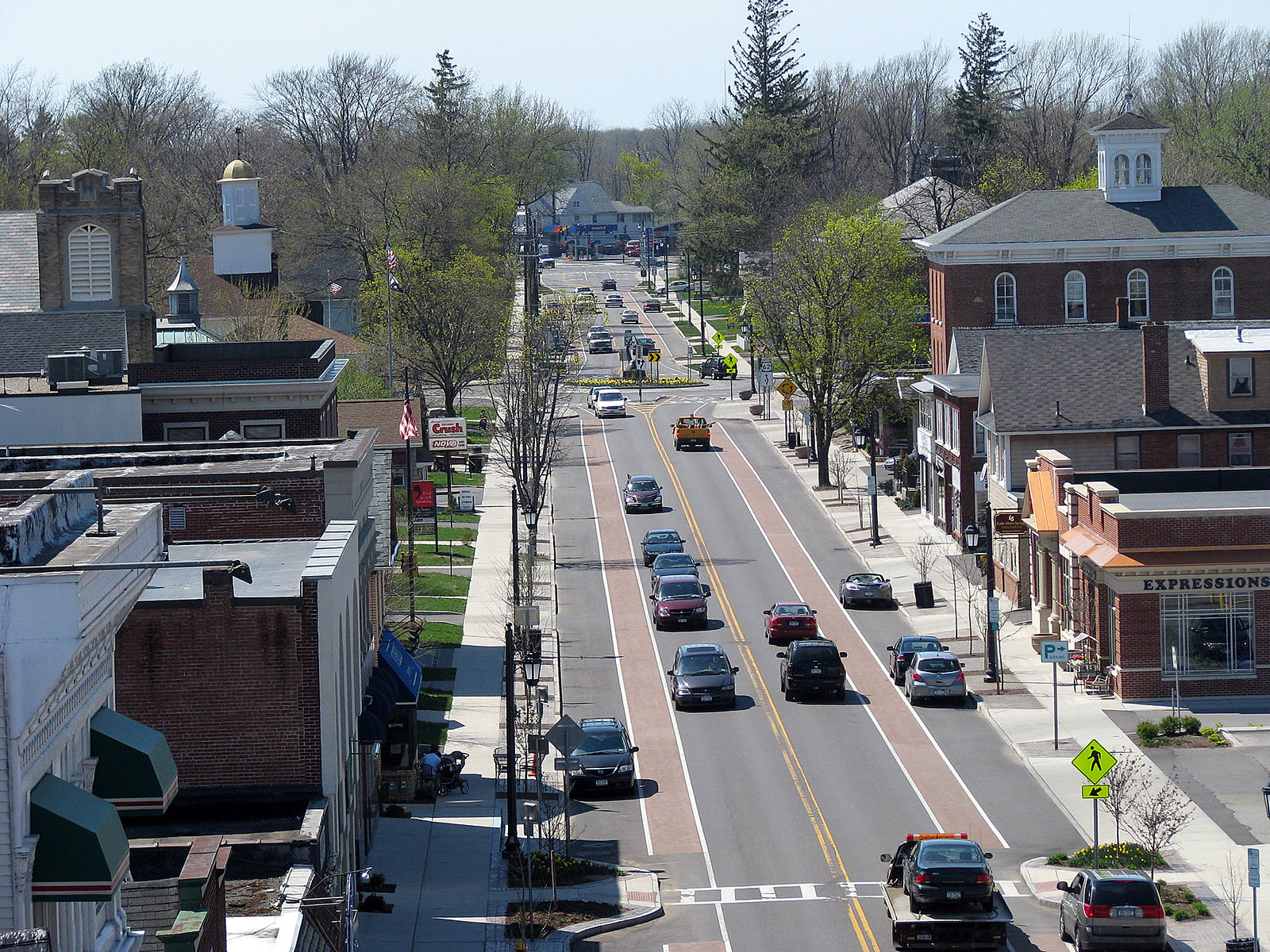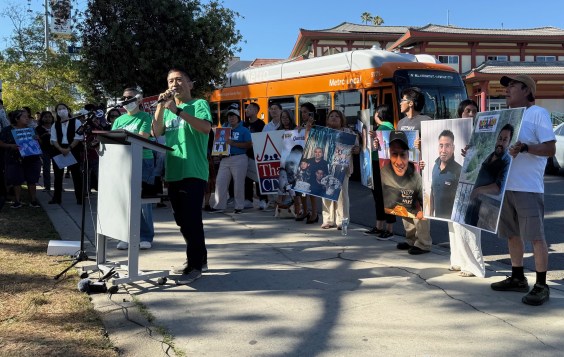In an op-ed in this morning’s New York Times, Laura D’Andrea Tyson argues for increased investment in infrastructure, pointing out that the nation’s infrastructure will deteriorate quickly if spending is not increased. Tyson chaired the Council of Economic Advisers under President Clinton and currently serves on President Obama’s Council on Jobs and Competitiveness.

“Infrastructure spending, adjusted for inflation and accounting for the depreciation of existing assets, is at about the same level it was in 1968, when the economy was one-third smaller,” Tyson argues. “Financing highway projects whose economic benefits exceed their costs would necessitate more than a doubling of federal investment on highway infrastructure from its 2010 level of $43 billion.”
Government spending on infrastructure raises demand, creates jobs and increases the supply and growth potential of the economy over time. The C.B.O. says infrastructure spending is one of the most effective fiscal policies for increasing output and employment and one of the most cost-effective forms of government spending in terms of the number of jobs created per dollar of budgetary cost.
Tyson goes on to support the replacement of formulas and earmarks with performance criteria, the creation of an infrastructure bank, the development of public-private partnerships, and the implementation of congestion pricing.
Those financing tools are getting a lot of airtime in Congress these days, where the theme is “doing more with less.” But financing isn’t the same as funding. While Tyson laments the lower levels of funding likely to be approved by the House, her proposals stop short of getting to the heart of the problem and suggesting new revenues.
Without new revenues, the country has no choice but to slash spending. Right now, a bipartisan group of lawmakers is huddling with Vice President Joe Biden to cut a trillion dollars from the national budget because deficit spending over the past decade has run up $14.3 trillion in debt.
But according to David Walker, former Comptroller General of the U.S. under Presidents Clinton and Bush, “it’s not socially equitable or politically feasible to solve our problems solely with spending cuts.”
Walker says the reticence to increase taxes amounts to nothing but “deferred taxes,” which are still taxes. “People are playing a game,” he said.
Meanwhile, as lawmakers look for places to cut spending, Walker hopes they’re considering what kind of spending they’re cutting.
“We need to cut back on consumption-oriented spending and spending relating to programs and policies that aren’t working,” Walker said. “And there are plenty of opportunities to do that. At the same time, there are some areas that are Investment-oriented that we need to be allocating more revenues. Critical infrastructure is one of them.”
Still, it’s “T minus two months” and the clock is ticking for lawmakers to come up with enough spending cuts to meet Republican conditions for approving a raise in the debt ceiling. Walker says it’s anyone’s guess whether the negotiators are being precise enough with their proposals to spare investment-oriented spending that will create jobs and grow the economy.
Laura D’Andrea Tyson, in her op-ed, also calls for a more surgical approach to spending cuts. “The heated debate in Washington about how much and how fast to slash government spending is overlooking how a significant, sustained increase in infrastructure investment would create jobs and strengthen the nation’s competitiveness,” she wrote. Every billion dollars in infrastructure spending creates between 11,000 and 30,000 jobs, she adds.
Lawmakers say they don’t want to raise the gas tax in the midst of a recession. But how are we ever going to get out of the recession without the kinds of investments that create jobs and economic growth?





